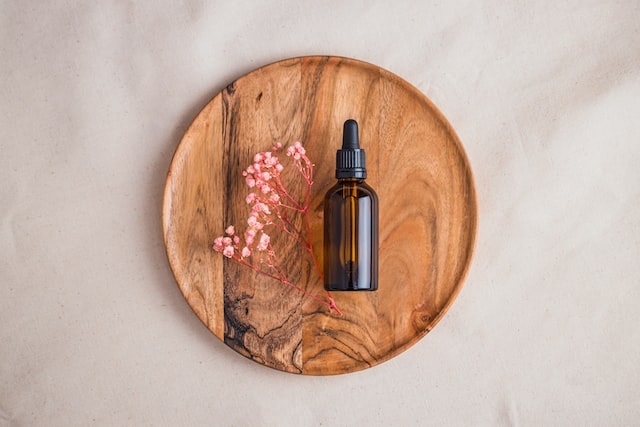Serums come in various forms, like thick gels, liquid sprays, rich oils, and pressed balms. In whatever form they take, serums are fundamentally products containing a high amount of active ingredients. These are specially chosen to deliver a powerful punch in terms of achieving results on a specific skin care condition while also elevating the overall outcome of your skin care regimen. The most significant advantage of incorporating a serum into your program is that all its contents are aimed at a single goal.
There are infinite ways to make an oil serum; however, exceptional products are often the result of a single idea. As the winter months approach, we'll show you how to make a serum to nourish and protect your skin. The ideal recipe for you is a rich oil serum that nourishes the skin while strengthening its barrier function.
Choose Your Theme
Choosing your theme is the first step before production. This can, of course, fall within the main functional goal of your serum, but it can also be inspired by specific ingredients or a color you want to utilize. Choose a theme and include extra elements relevant to your serum's purpose.
For instance, your oil serum can be inspired by a stunning autumn sunset, which is appropriate because the scene welcomes the changing seasons and your need to protect your skin from the arrival of the cold season. You can find inspiration everywhere around you.
Formulation tips
An oil serum comprises oil-soluble (lipophilic) substances like carrier oils, antioxidants, CO2 extracts, oil-based vitamins, and actives. Your product's base can consist of carrier oils, to which you can add your preferred ingredients like botanical CO2 extracts, essential oils, olive squalane, or vitamin E.
Use carrier oils that support the goals of your product. Investigate and test new oils on the market, examining their prospects for your serum. Make sure you adhere to the following tips;
- Stir the product thoroughly to properly distribute the ingredients. Continue to stir until you can't see oil swirls in your beaker. The final product must be precise and uniform in color.
- Using elegantly shaped and/or colored glass serum bottles with a dropper attachment or a pump adds to the product's luxury impression. Darker and opaque glass also helps your oils last longer.
- Use a pipette to measure the extracts and oils into your beaker because it is easy to pour too much out if you decant directly from the supplier's containers.
- Include an antioxidant in your formula to shield your oils from rancidity. You can add vitamin E to help with this function.
Method of manufacture
1. Make sure that your workspace has been thoroughly cleaned and is ready for the formulation, that your equipment is sterile and clean, and that you are wearing the proper personal protective equipment.
2. Place your carrier oils (phase A) in a beaker and stir with a glass rod.
3. Pour your active substances (phase B) into the same beaker and mix well.
4. Using a pump or dropper, pour the serum into a large beaker and label the solution with the batch number and date.
5. Keep cool and away from direct sunshine.
There you have it! These formulation tips will help create an ideal oil serum to protect all skin types from the cold weather and boost its radiance.
